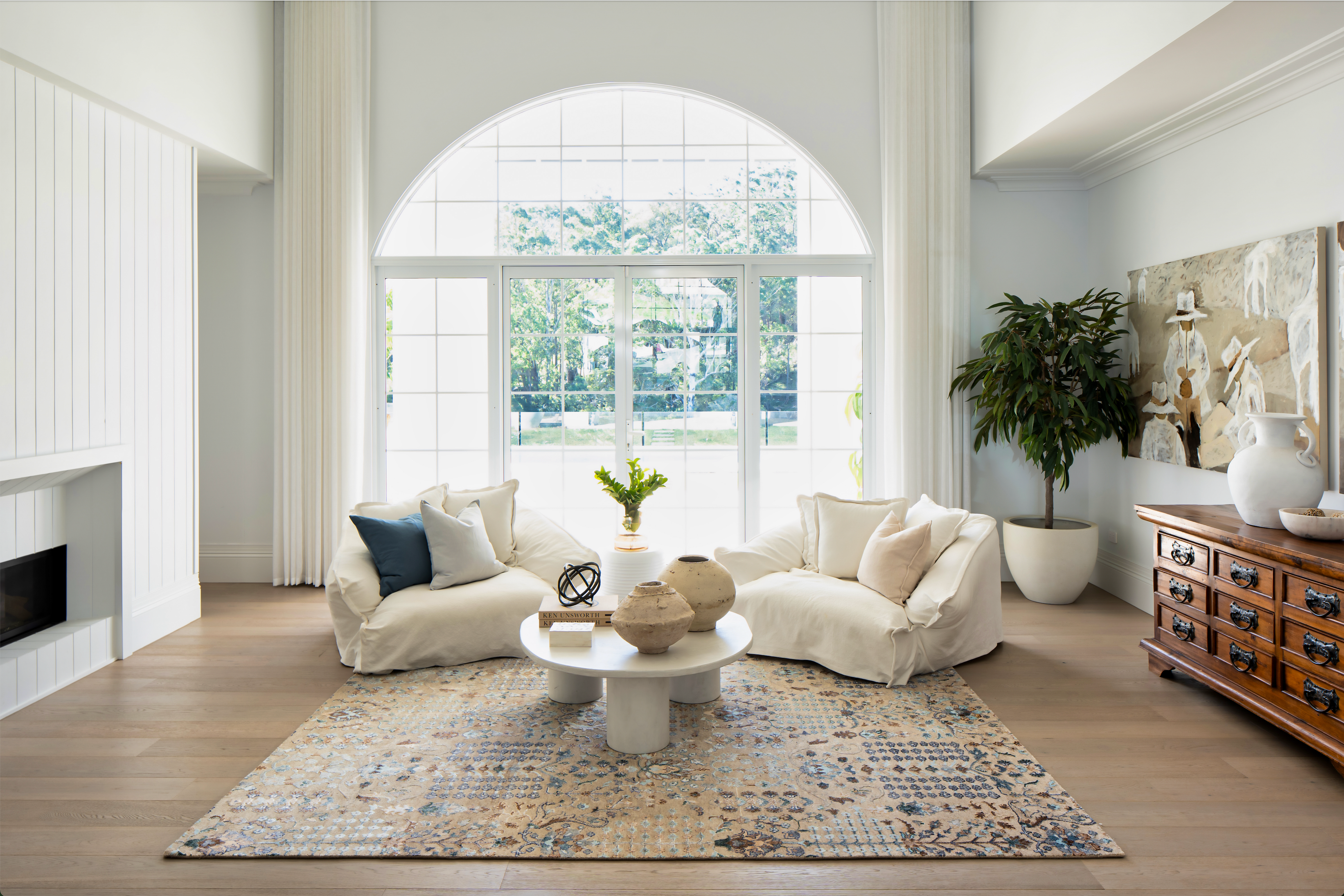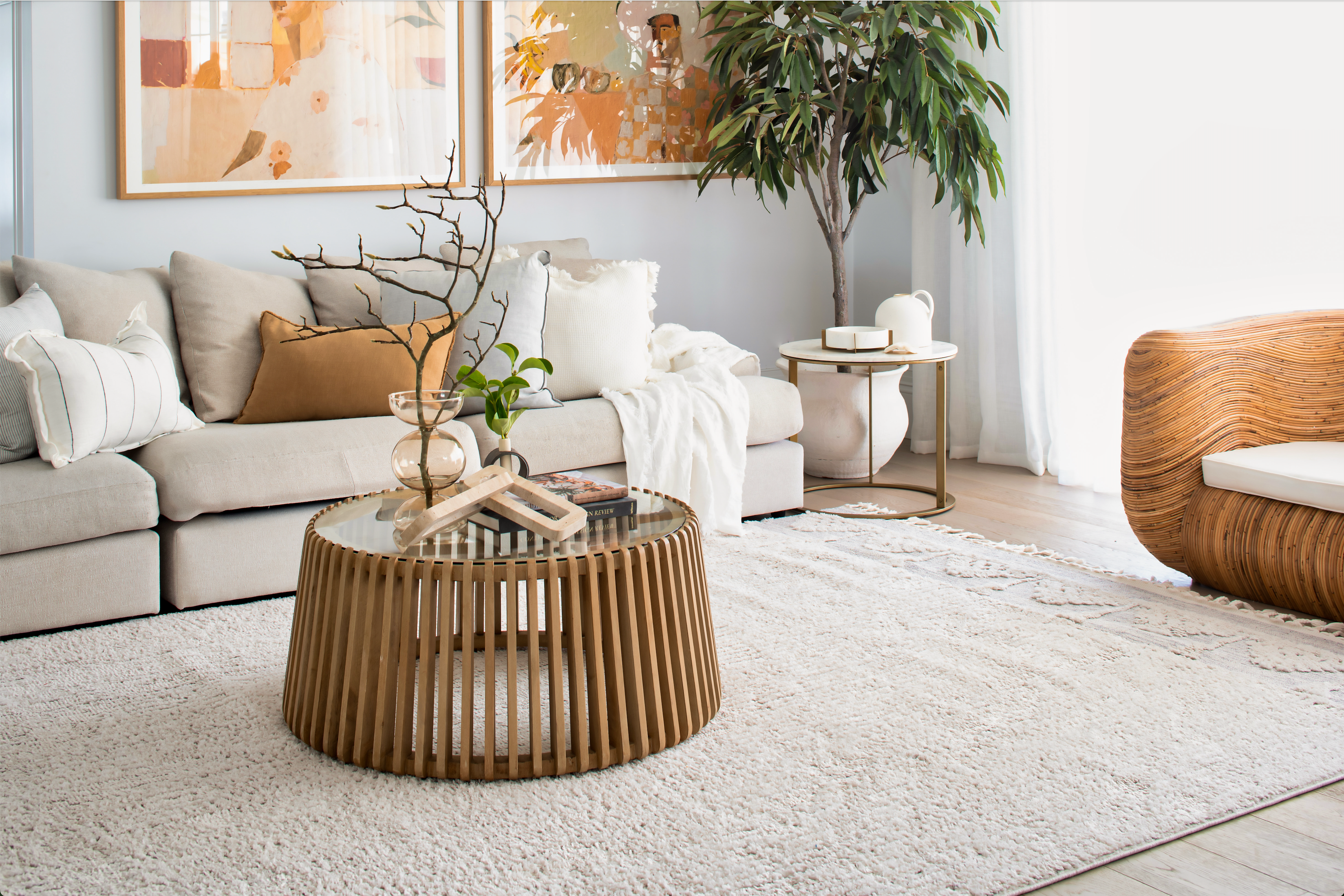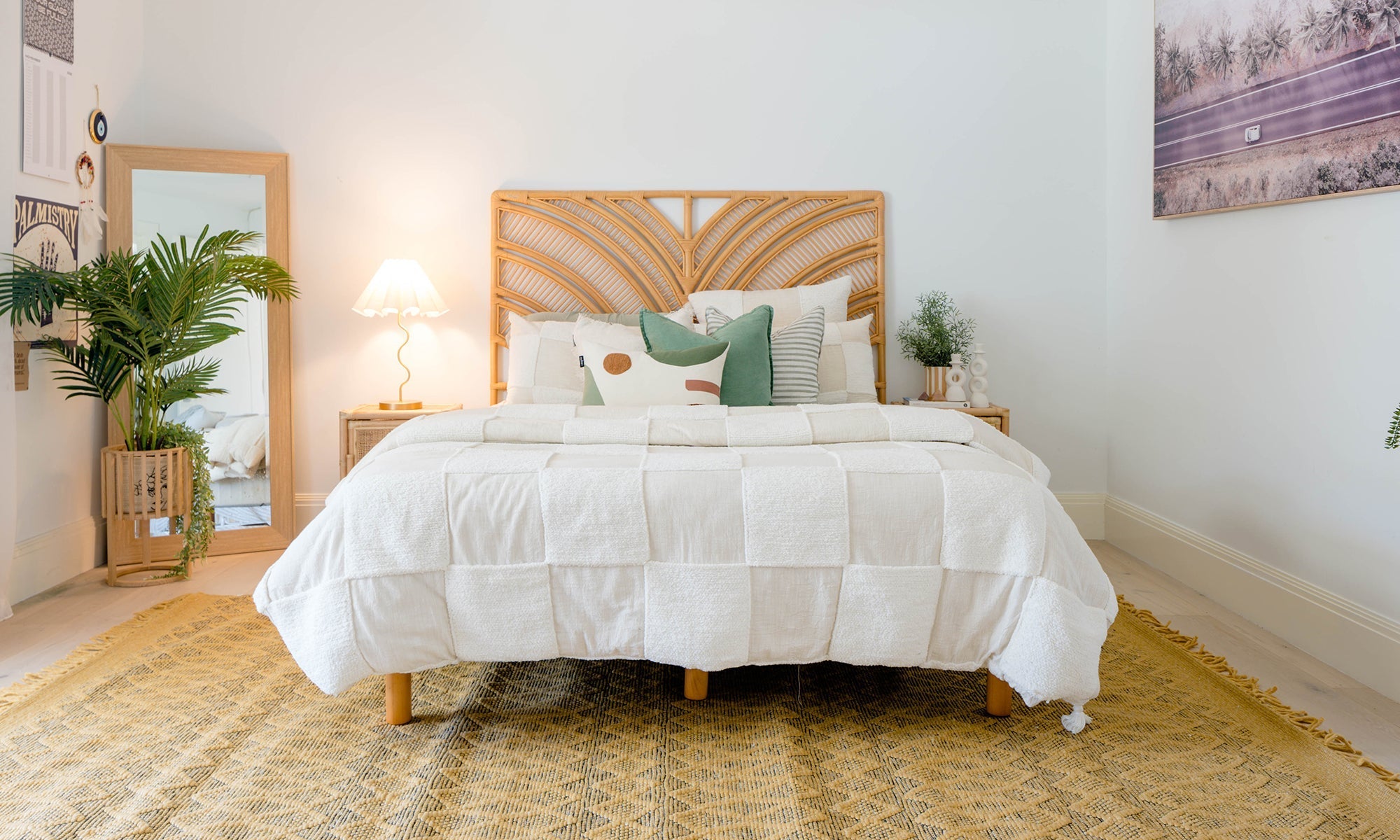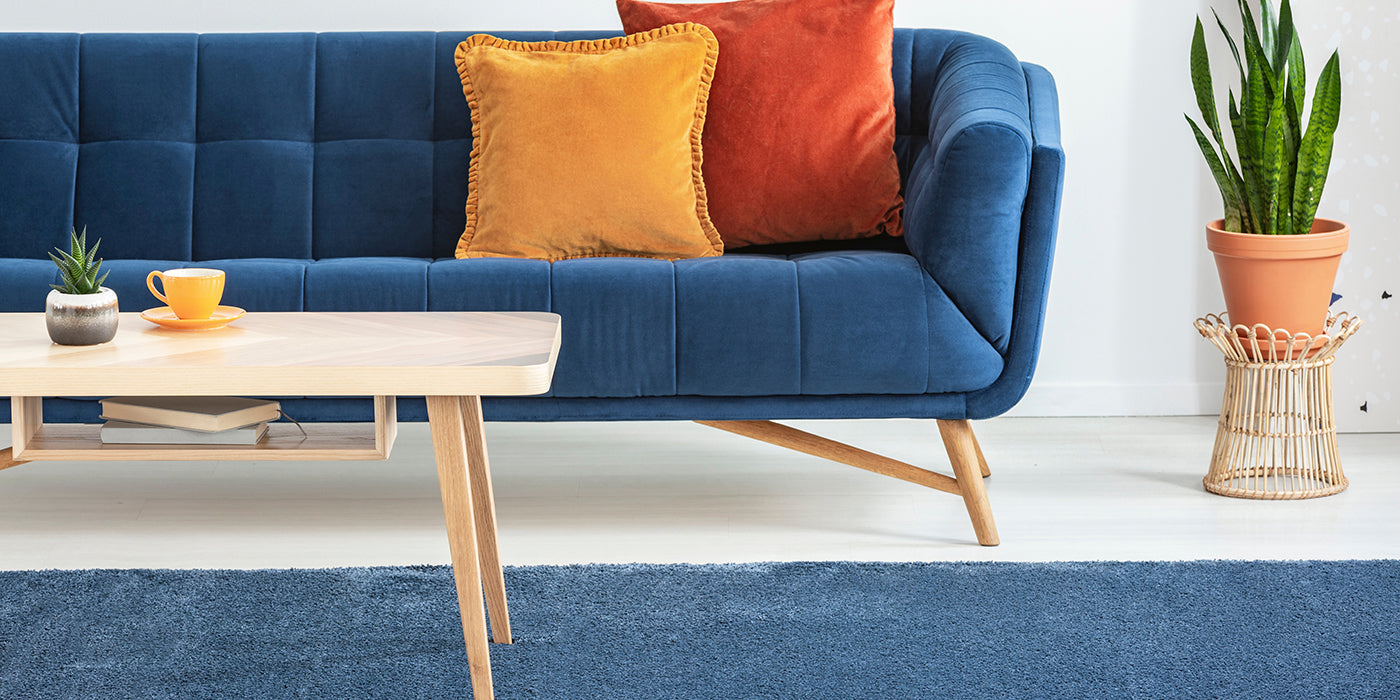What style are you?
These days we often hear so many descriptions for interior styling choices, and it can become confusing. There are often mixes of elements from so many different styles, and depending on how you put them together, they may or may not work.
Let’s take a quick look at some of the key design styles we’ve seen trending - some you may have heard of, been influenced by, or even have at home already!
Which one are you? ...or perhaps you’re a mix of styles?
Traditional
This interior style retains the heritage features of a property and relies on traditional shapes, forms, and textures. The elements used have often not changed at all since they were first designed, and renovators will either restore existing features or replace them with replicas, retaining the original feel of the spaces. There are elements of formality in this type of interior, often focused on a sense of symmetry, and using pieces with structure and symmetry is important to the overall style. When it comes to traditional styling, a savvy stylist will use layering to bring a sense of history and glamour to the home.
Fabric choices often include silk, linen and velvet upholstery and window coverings in damask, florals, stripes, and plaids with ornately detailed dark wood. Colour tends to be turned up and saturated.
Contemporary
A contemporary style really reflects what is currently on trend and fashionable. It tends to be simple and sleek in look, with a subtle sophistication and a focus on the ‘space’ rather than the objects in the space. These interiors use of neutral colours, black or white as the main ones which are accented with bright and bold colours from art or furnishings.
A distinctive element in a contemporary style is a focus on lines in these spaces – horizontal, vertical, or curved – strong visible lines will be evident in the features of the interior either from individual furniture pieces or the combination of elements all reflecting a linear continuity.
Furniture choices in contemporary interiors can make a bold statement, however the overall sense of the space is uncluttered and simple with no decoration or embellishment. Less is more!
Industrial
Inspired by elements from the industrial era, there is a focus on metal, rustic wood and leathers, which can feel more masculine.
The origins of this style lean more toward a factory-esque aesthetic and incorporate existing or introduced machinery. It is often associated with a ‘warehouse’ style, or with spaces that have an ‘unfinished’ element. However, this is not always the case with many interiors incorporating industrial elements in quite finished spaces. Finishes range from polished surfaces to earthy tones and textures, and often incorporate elements that are traditionally hidden like pipes and ducts.
Often vintage furniture in darker hues is incorporated into interiors, or repurposed pieces like vintage office chairs, shelving, or light fittings. Replica pieces also make it easy to bring a touch of industrial flair to your home. The desired ‘metallic feel’ can also come using colours such as greys, while softness comes through the use of neutral colour palettes and decor objects, including rugs, to give the room some soul and character.
Hamptons (…but not necessarily Coastal)
So much of Australia is in love with the Hamptons’ Style. Inspired by the beautiful beach houses in The Hamptons, it’s distinguished by white and grey/blue colour palettes, external cladding with deep shadow lines, and white trims that pop against the background.
It’s the ultimate in sophisticated casual coastal living and has a strong focus on bringing in natural light, using contrasting colours of white, navy, black or natural timber to providing the foundation for your styling. Wainscoting and wall panelling with wide cornices and mouldings are a key architectural feature.
The colour palette for decor and soft furnishings is a mix of neutrals, duck egg blues, indigo and sea greens with accents of brushed brass. For fabrics think of washed cotton, natural linens, and calico, mixing them up with plains, stripes, and floral hand-blocked prints. There is a sense of casual, relaxed style, with over-stuffed sofas and rattan furniture.
Bring the outdoors inside with displays of photo frames, shells, corals etc. generally on open shelves, or shelving units. Shaker profile kitchens are a huge feature of the space, with deep ceramic sinks and oversized pendant lanterns hung over island benchtops.
Boho (Bohemian Style)
Now a popular style projecting a sense of relaxed worldliness and exploration. It’s about bringing together natural, organic elements in a layered and ‘collected’ look. Bamboo, rattan and textiles with bright, saturated colours create an exotic playfulness to this style.
These interiors create a sense of enquiry, often featuring elements owners have collected, each with a story behind the acquisitions. Eclecticism is a key of the Boho style, however this is not to be confused with a ‘free for all’ interior style. Your interior can be filled with iconic pieces from various styles, so long as there are connections between them.
Think about creating layers and play with patterns, using colours that range from whites and neutrals through pops of colour and jewel tones. Mix and match fabrics, textures, and colours to express your personality and your ‘journey’. Metals like gold, silver and brass can mix, adding to the eclectic take.
This is not a ‘less is more’ style... for some people ‘more is more’… and they love it! Remember, at its core the Boho style is relaxed.
Mid-century Modern
Over recent years there’s been a turn towards the beauty of mid-century modern design, which can range from the glamour of Hollywood Regency, the classic lush styles of Palm Springs, or the pared back desert styles of mid-century Arizona and New Mexico.
This is often used as a collective term for all mid-century design from the mid-20th Century, however, there really are a few different ‘streams’ within this style, so let’s break them down.
Hollywood Regency
We became known for the style we used on our first house we built on The Block, which was often referenced as mid-century styling, and while it certainly was, the main influence you will see is the Hollywood Regency era. This influence dates to the 1930’s with a serious focus on opulence. If you want glam at home, this could be the style for you…but be careful that you don’t make it too much of an imitation or caricature.
Hollywood Regency is like a link between Art Deco and Mid-century design, the furniture has a lot of clean lines and is not the focus of the room, while there is ornamentation and a flair for opulence and a cheeky bit of eclecticism in the décor choices. In this interior style the emphasis is on entertaining and therefore the space and how people live in it is the focus, which means the décor accents become the ways of bringing glamour to the home.
Look for luxurious accents and rich texture using layers, including velvets, silks and even fur, while high contrast patterns, metallic finishes, and vibrant colours feature. Black and whites are a key combination, incorporating jewel tones for pops of colour.
Palm Springs
When we talk mid-century modern this is frequently the style people think of, and it has made a big resurgence with some many of us now valuing the elements of design from this era, which years ago were overlooked.
Heavily influenced by architectural elements, imagine rooms with large windows flooding the space with natural light, creating a merge between indoors and outdoors. Finishes celebrate the depth and warmth of timber and stone, contrasting with the coolness of concrete. Wide walls contain simple, large artworks in spaces that are scattered with sculptural furniture, offering a simplified sense of space and comfort.
In this style you really focus on space, the light and creating a connection between indoors and a lush garden view – creating a view where one didn’t exist before. There are no busy decorative elements as the texture of materials takes a front row seat along with strong linear elements, really personified by the rooflines.
This is the era of the Breeze Block (yes, who in the 1980’s or 1990’s ever thought those would make a comeback!), stacked stones, coloured front doors, palm trees, cactus (but gardens are lush not arid), and white with pops of pastel colours. When it comes to furniture think functional and organic. Furniture with tapered legs and angles dominate, however the incorporation of curves keeps the focus on organic shapes and softens the edges.
Skandi
Known for its focus on minimalist colour palettes, striking modern furniture and simplicity, the Skandi style is organic with a focus on natural light, light-toned woods, and rich leather tones. The colour palette relies on white, cream and tan, and where colour is used its often-soft pastels or muted tones of taupe, ivory or sage. While it’s simple and clean, it is equally inviting and cosy, often using tone-on-tone hues.
This style has very clean lines and simple shapes, embodying the mantra ‘less is more’. Every object in the décor has a purpose and you won’t find too much ornamentation, multiple layers, or lots of pattern in these rooms. However, Skandi style does play with stark contrasts like white walls with black sculptural furniture, or black and white photographic art, to create drama and impact. Iconic lighting is often part of the sculptural features of Skandi interiors, with pendant or bedside lamps making a modern statement.
Shabby-Chic
Or, as we like to call it…Shab-ic! This was so popular in the late 1980’s and 1990’s. It’s a style that draws inspiration from antique French design, and has a focus on the distressed, or wear-and-tear feel. The colour palette focus is white, and white. There is a mix of floral and natural textures, and in its original form really has a sense of being cluttered.
Floral elements bring romance to these interiors, personified by Peony Roses, that bring a delicate contrast to the white and neutral backgrounds.
Is this style still popular? Yes… however there is now a more modern interpretation which keeps the focus on the eclectic mix of vintage furniture and white, but with a more streamlined appeal in shapes and décor removing the sense of interiors being cluttered.
There are so many interior choices you can play with, and knowing the colours, shapes, textures and finishes that best represent some of these key styles will enable you to create your own style without creating clashes! We love helping people bring out their own interior designer…create your style.








Some Budget Savers for Improving your Bathroom
Some Budget Savers for Improving your Bathroom